There’s no way around all the complicated maths such as algebra, statistics, or trigonometry required in school. Every student needs to invest in the best graphing calculator they can. Not only will one get through your coursework more smoothly, but it’ll also help you understand those complicated concepts easier. They’re like the best laptops, only specifically for math and engineering. However, figuring out what constitutes a great graphing calculator for engineering, statistics and other math courses can be confusing. And, not just for students but science professionals, as well. On top of that, many of the manufacturers have made a habit of not disclosing all the features and limitations, which means you might find out that the calculator you bought can’t do certain things that you really need it to. Do you really want to pay $100/£80 for one that can’t cover all the bases? To avoid such a situation, we’ve done the research to lead you to the best graphing calculators for college. And, we’ve collected an assortment, from typical physical ones to their mobile software counterparts, to cover the needs of both professionals, students on their way back to school, and the casual user that just needs to solve the odd equation. A few of us survived trigonometry and calculus with these, and if they can help us navigate integration-by-parts, then they can handle just about anything you can throw at them. When it comes to the best graphing calculators for high school and college students, you can't beat the TI-84 series calculators. The latest model, the TI-84 Plus CE, has all the functionality you'd expect from a classroom graphing calculator but with a modern back-lit color screen and comes pre-loaded with several useful math applications. It has a rechargeable battery that should get you about two weeks on a single charge, which will save you some extra cash on batteries for several years of high school, college, and graduate-level math courses. A graphing calculator can be an expensive piece of equipment, with some mid-range to higher-end units costing north of $100/£80/AU$140. If you don't expect to ever need it after the end of the semester, the Casio FX-9750GII is probably the best graphing calculator out there. It's powerful enough to handle everything from calculus to finance and statistics without any of the bells and whistles that run up the costs of other graphing calculators. Unfortunately, one of those missing features is a rechargeable battery, but the four included AAA batteries should get you about 200 hours of use, which might be enough to get you through your final exam. If you need it beyond that, expect to shell out for new batteries at the start of the next semester. The HP Prime definitely updates the standard graphing calculator design to feature a more modern form factor and multi-touch, 16-bit display. It also features 256MB of flash memory, which is way, way more than you're going to find in a lot of other graphing calculators out there. All that razzle-dazzle comes at a price though, making the Prime one of the most expensive mainstream graphing calculators out there, and there's an argument to be made that it isn't as good as some of its slightly cheaper competitors. Graphing calculators really break down into two different categories, those that can do calculus and those that can't. If you don't need to do differentiation or integration, then the Texas Instruments TI-83 Plus is definitely the best graphing calculator you can buy. It's been a mainstay of algebra, geometry, and trigonometry classes the world over. It isn't the flashiest nor is it the most powerful calculator out there, but its perfect for visualizing quadratic and exponential functions. While its not the cheapest calculator out there, its been around for so long that you can find some great deals online without much effort. Whether you’re something for your math classes or you want to learn coding in Python, the Numworks Graphing Calculator will see you through everything you need. There are several applications here, from basic calculations and equations to probability, statistics, and regression, and it’s approved for the PSAT, SAT and ACT exams. Design-wise, there’s also much to appreciate. It has a fresh minimalist look that puts aging gray or black calculators to shame, a rechargeable battery with up to 20 hours of life, and a weight of less than 6 ounces. Why pay for a graphing calculator when you can just use Desmos's free web or mobile app? Well, if you want to use it for the SAT or AP Calculus exam, we guess, but if you just need some homework help, Desmos has you covered. The simple and elegant design allows you to do everything from graphing algebraic equations to differentiation and integration with ease. While handheld graphing calculator screens are tiny little things, Desmos lets you graph as many interactive functions as you want on a full screen display making for very dynamic visualizations. The mobile version isn't as robust as some of the pricey exam-approved graphing calculators, but this is by far the best graphing calculator you're going to find without having to spend any actual money.
Best graphing calculators at a glance
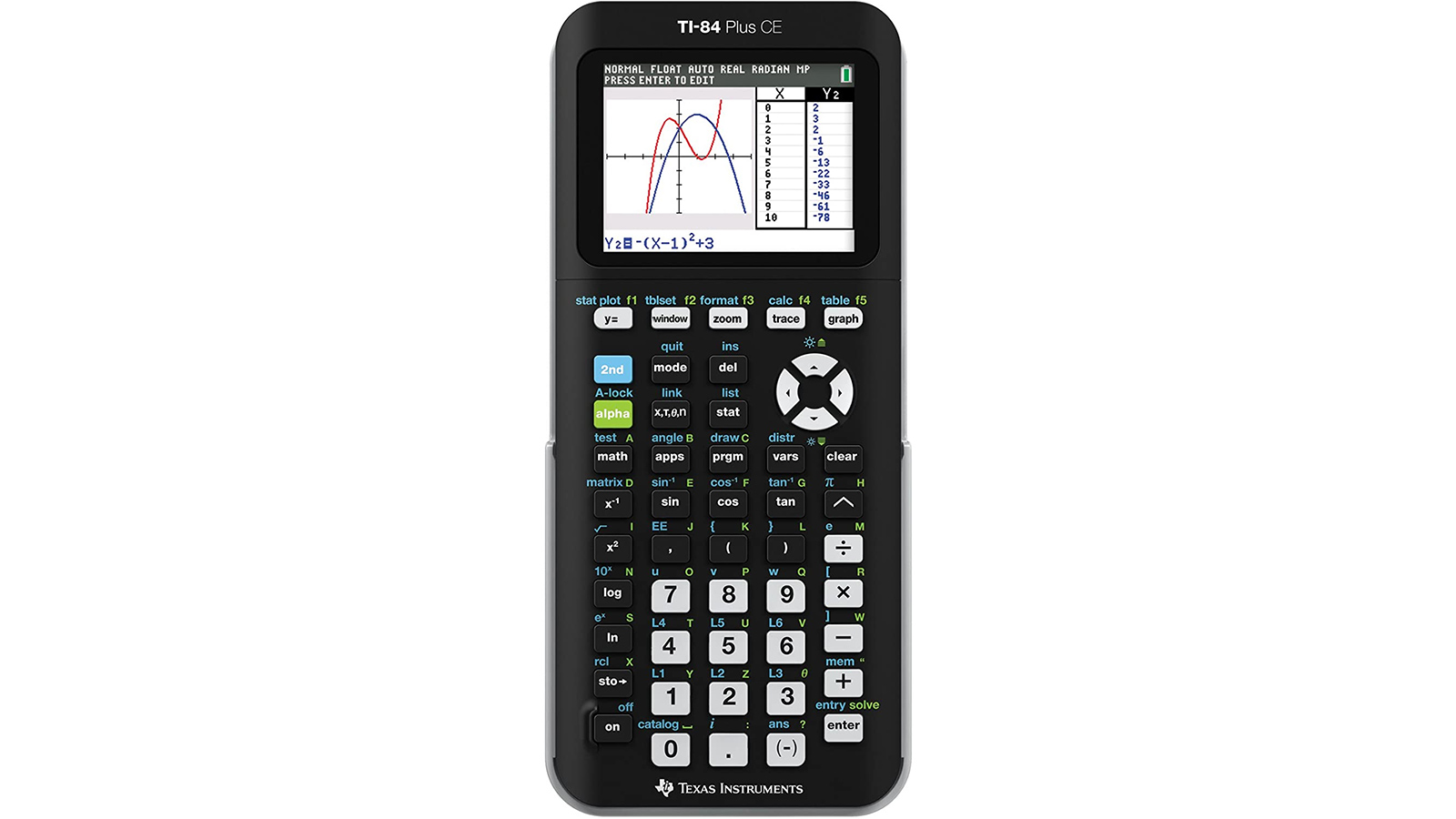
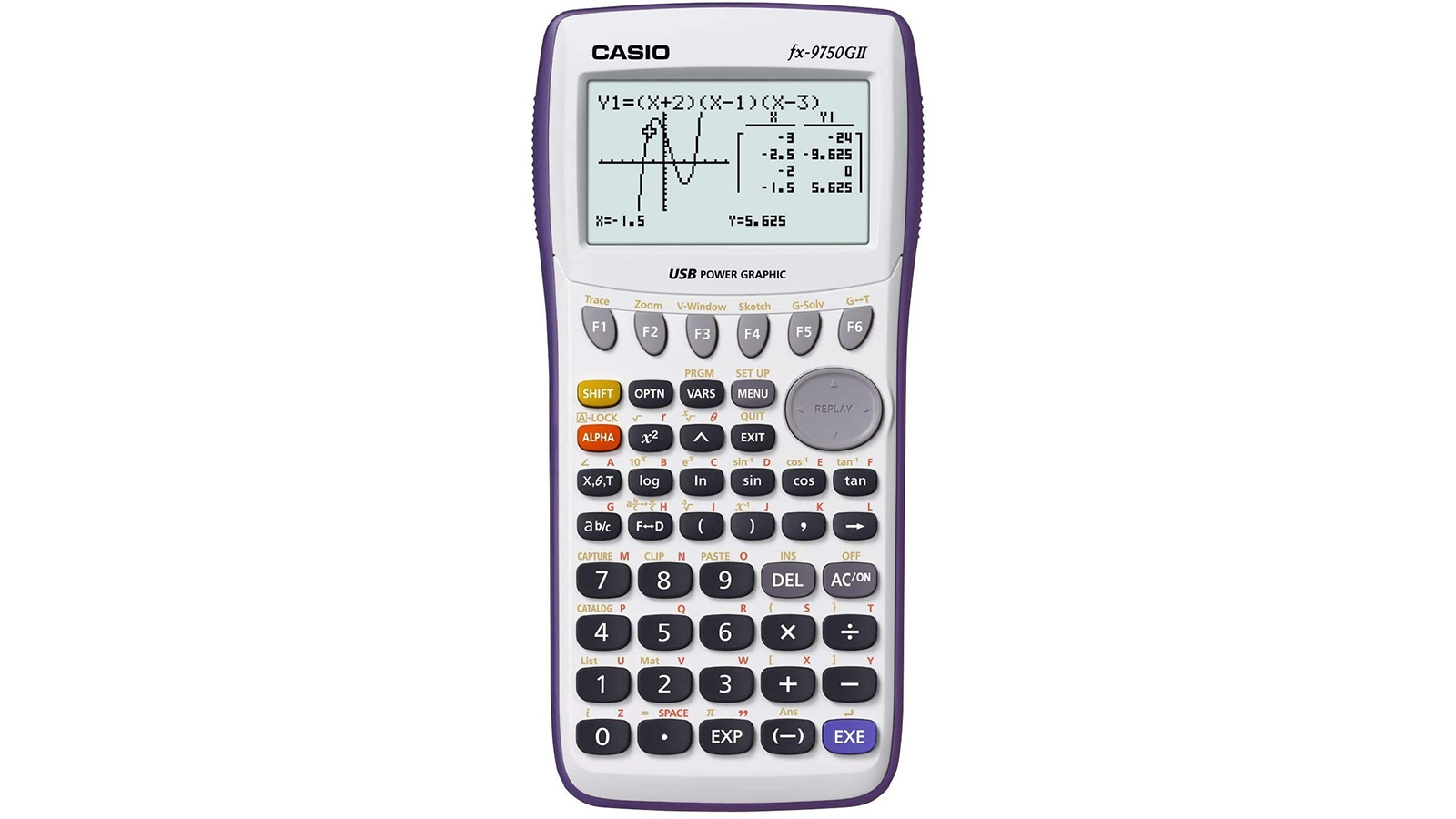

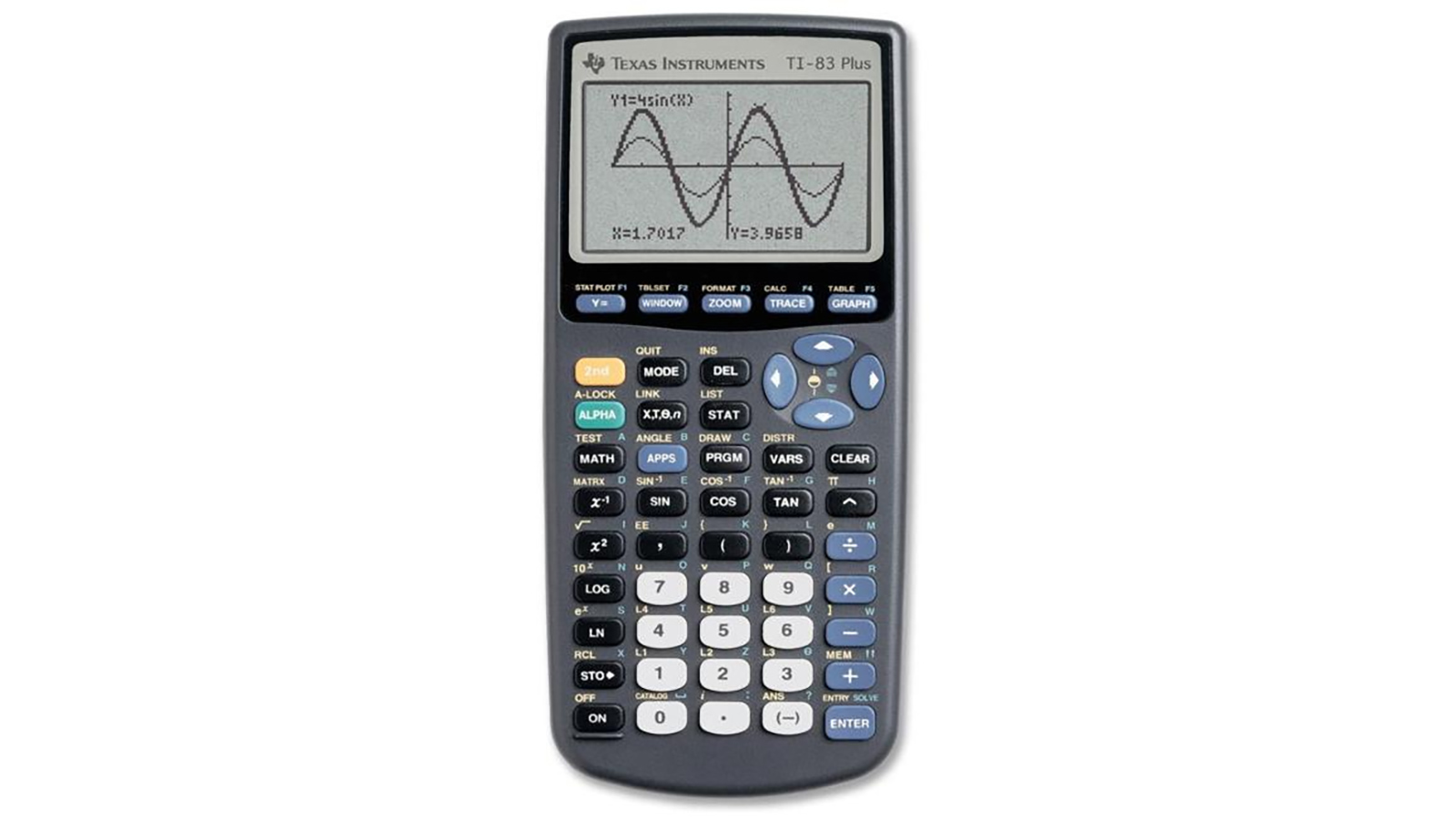
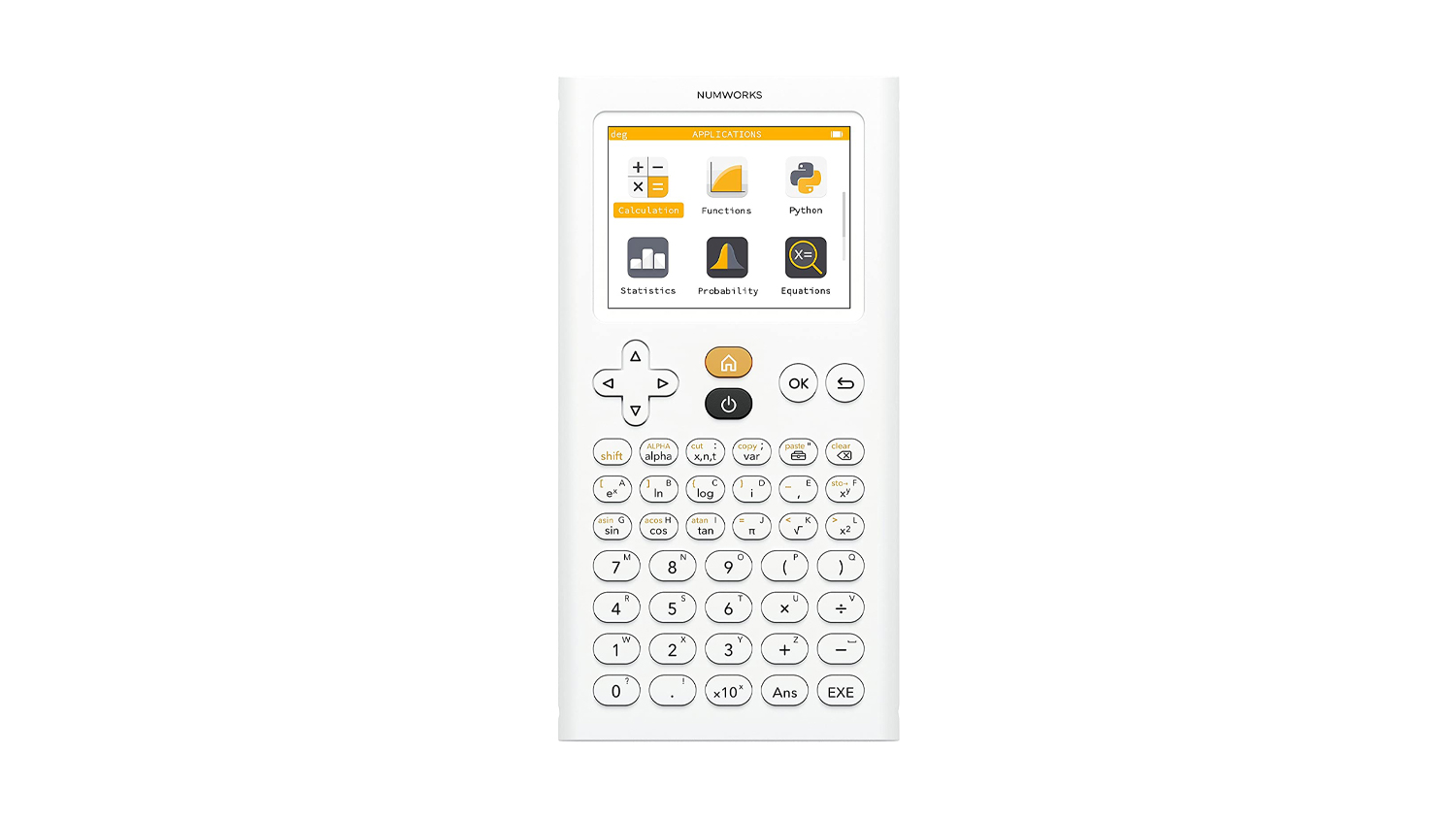
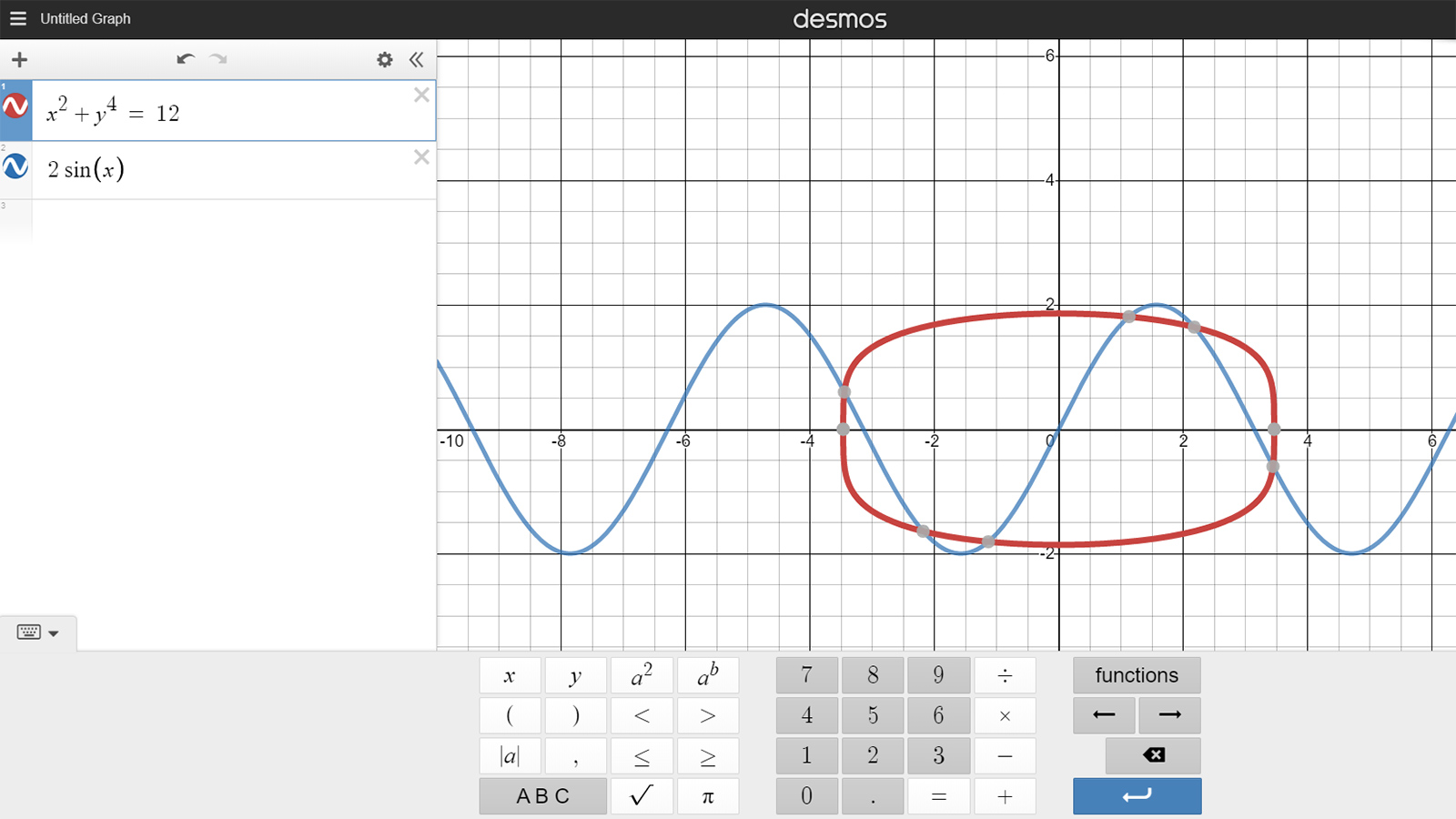
source https://www.techradar.com/news/best-graphing-calculator-2020/
Rule #21 of the internet: Original content is original only for a few seconds before getting old.


